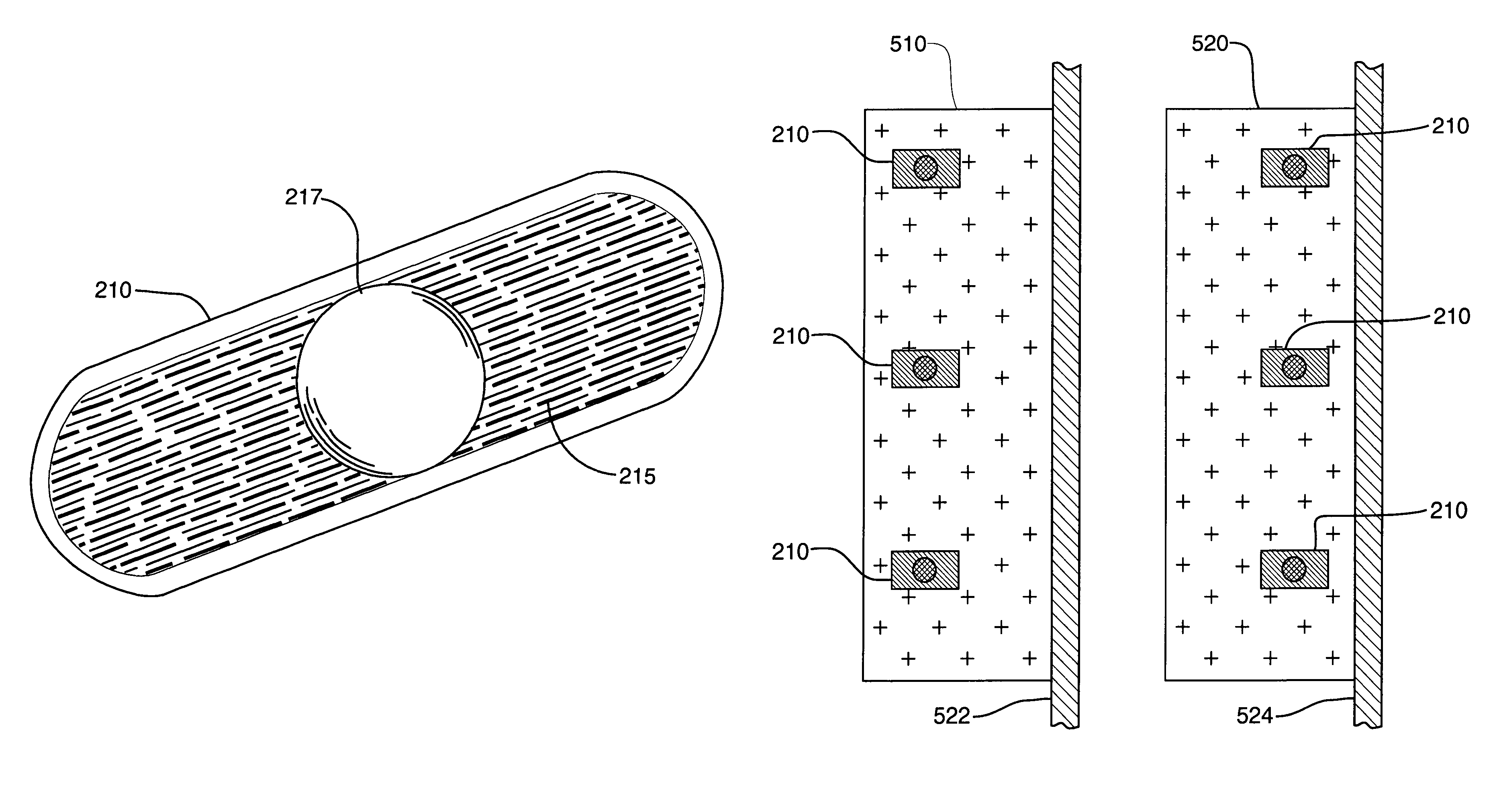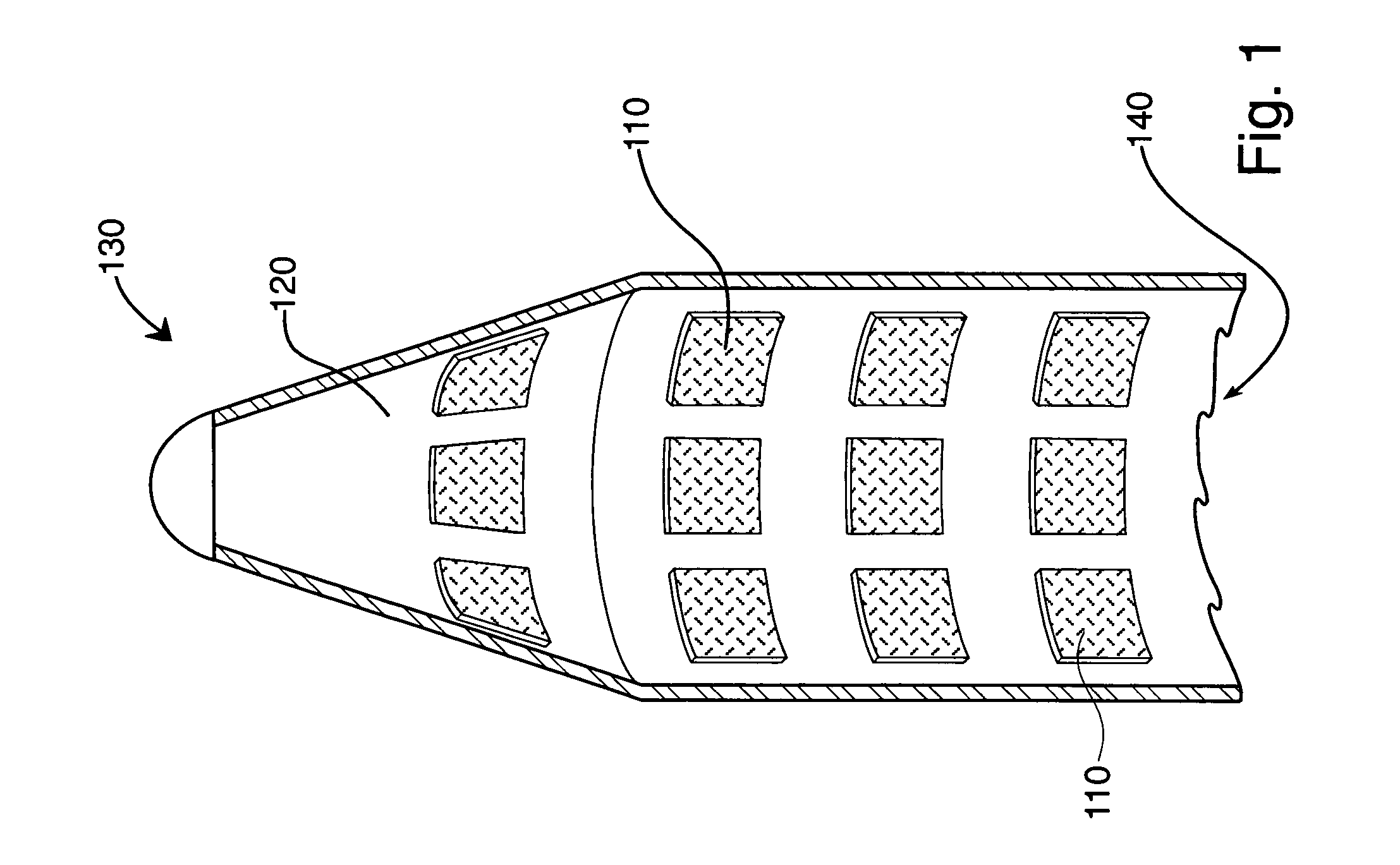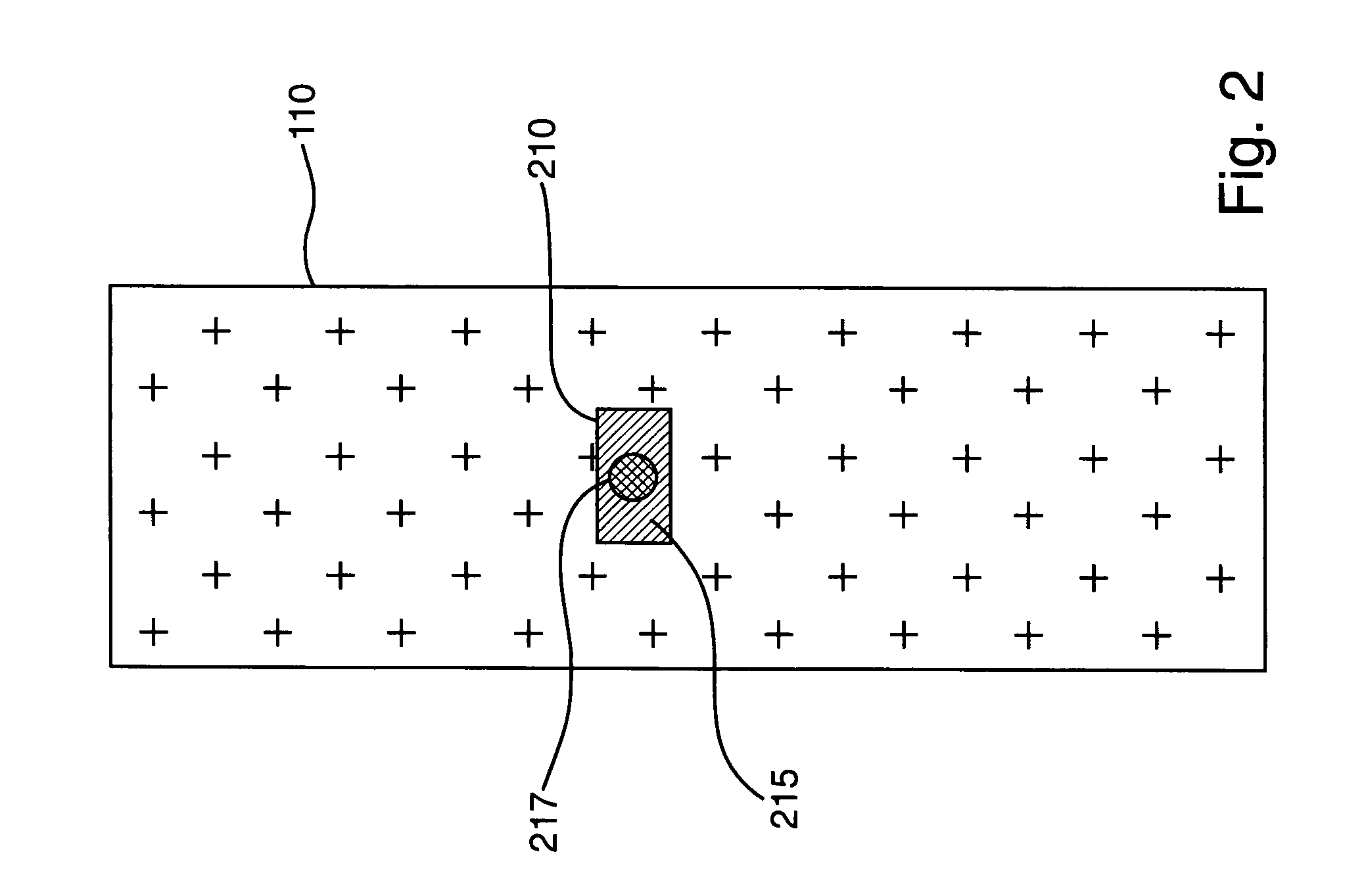Passive acoustic barrier
a passive acoustic barrier and vibration-absorbing technology, applied in the direction of air-flow influencers, ceilings, cosmonautic environmental control arrangements, etc., can solve the problems of affecting the payload of vibration-absorbing loads, affecting the payload of composite fairings, and affecting the effect of fairing payloads
- Summary
- Abstract
- Description
- Claims
- Application Information
AI Technical Summary
Benefits of technology
Problems solved by technology
Method used
Image
Examples
Embodiment Construction
[0045]Turning to the drawings, FIG. 1 illustrates a plurality of acoustic panels 110 of the present invention attached to interior surface of fairing 120 of launch vehicle 130. Panels 110 are shown through random cutouts in fairing 120. Each panel 110 is shaped to avoid interfering with instruments, apparatus, and the payload contained within fairing 120. Panels 110 are comprised of foam adapted to provide broadband dissipation of acoustic energy within volume 140 enclosed within fairing walls 120. The amount of acoustic dissipation is determined by the material properties of the foam, the thickness of the foam, and the total surface area covered.
[0046]A cross sectional view of panel 110 is illustrated in FIG. 2. Fluid-filled capsule 210 is embedded in panel 110. Capsule 210 contains fluid 215 and inertial mass 217. Capsules 210 are adhered to panel 110 to keep them in place, but an adhesive may not be necessary, depending on the constraining force applied by the foam material. Caps...
PUM
| Property | Measurement | Unit |
|---|---|---|
| Length | aaaaa | aaaaa |
| Mass | aaaaa | aaaaa |
| Diameter | aaaaa | aaaaa |
Abstract
Description
Claims
Application Information
 Login to View More
Login to View More - R&D
- Intellectual Property
- Life Sciences
- Materials
- Tech Scout
- Unparalleled Data Quality
- Higher Quality Content
- 60% Fewer Hallucinations
Browse by: Latest US Patents, China's latest patents, Technical Efficacy Thesaurus, Application Domain, Technology Topic, Popular Technical Reports.
© 2025 PatSnap. All rights reserved.Legal|Privacy policy|Modern Slavery Act Transparency Statement|Sitemap|About US| Contact US: help@patsnap.com



